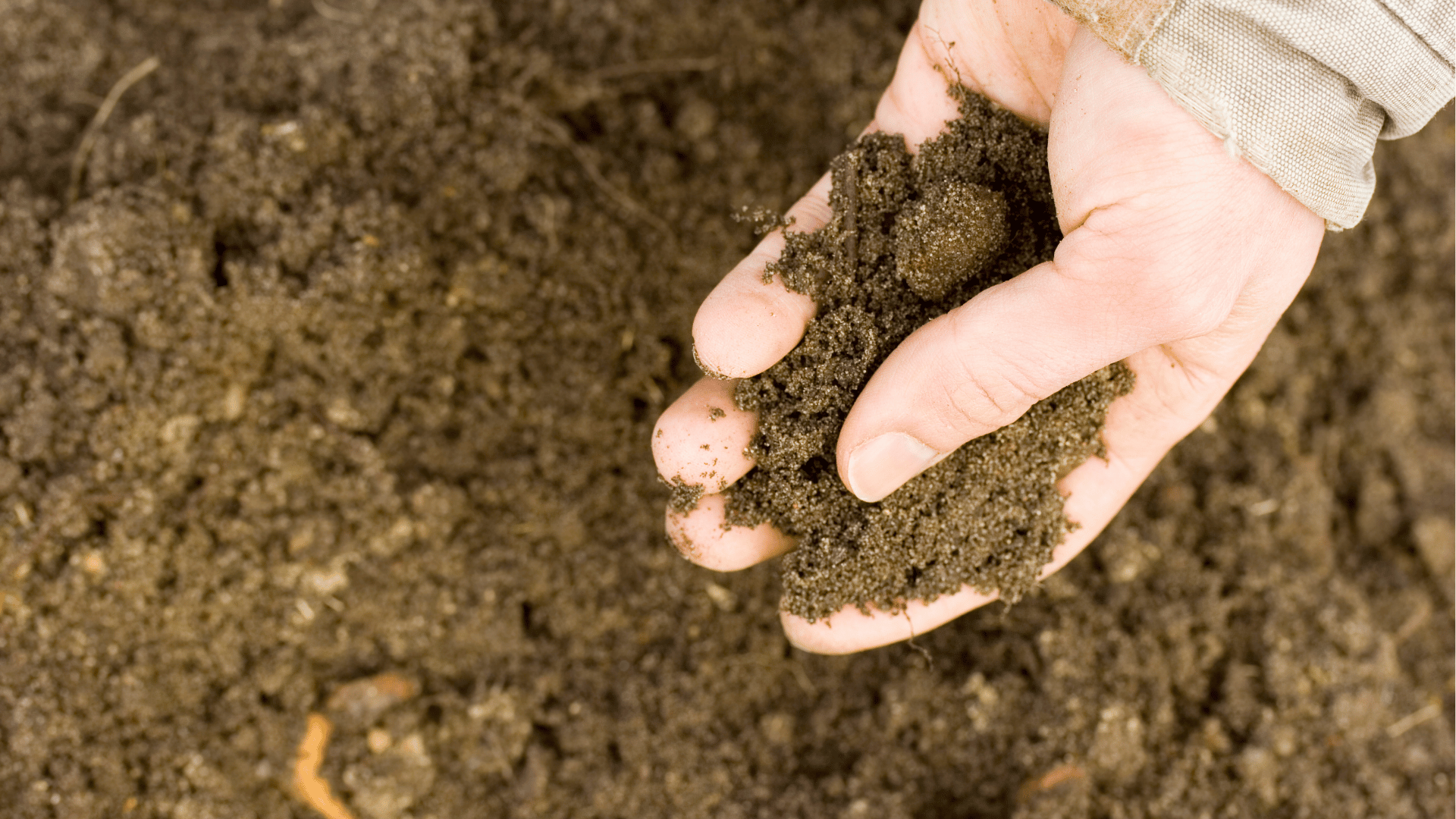Creating an acidic soil environment is essential for the growth of many plants, particularly those that thrive in low pH conditions such as blueberries, azaleas, and rhododendrons. Soil acidity is measured by its pH level, with a lower pH indicating higher acidity. Achieving the desired acidity in your garden soil can improve nutrient availability and overall plant health. Here are ten practical tips to help you make your soil more acidic, ensuring your acid-loving plants flourish.
1. Test Your Soil pH
Before you begin making adjustments, it’s crucial to understand your soil’s current pH level. You can easily purchase a soil pH test kit from a garden center or use a digital pH meter for more accurate results. Knowing the starting pH will guide your efforts and help you determine how much you need to lower it.
Testing your soil also helps identify other potential issues, such as nutrient deficiencies or excesses, that might affect your plants. Regular testing ensures that you can make precise adjustments and maintain the desired pH over time.
2. Use Elemental Sulfur
Elemental sulfur is a highly effective amendment for lowering soil pH. When added to the soil, it undergoes a biological reaction with soil bacteria, producing sulfuric acid, which helps acidify the soil. This method is particularly beneficial for long-term soil acidification.
To apply, evenly distribute the recommended amount of sulfur across the soil surface and incorporate it into the top few inches of soil. It’s important to follow the application rates on the product label, as excessive sulfur can harm plants.
3. Apply Aluminum Sulfate
Aluminum sulfate is another common soil acidifier that works more quickly than elemental sulfur. When aluminum sulfate dissolves in water, it produces an acidic solution that lowers the soil pH rapidly. This method is ideal for immediate pH adjustments.
Mix aluminum sulfate into the soil according to the product instructions, taking care not to over-apply, as too much aluminum can be toxic to plants. It’s best to water the soil thoroughly after application to help the aluminum sulfate dissolve and distribute evenly.
4. Add Organic Matter
Incorporating organic matter, such as compost, peat moss, or pine needles, into your soil can gradually increase its acidity. As organic matter decomposes, it releases organic acids that help lower the soil pH naturally.
Spread a generous layer of organic matter over the soil and mix it into the top six inches. This not only helps acidify the soil but also improves soil structure, moisture retention, and nutrient availability. Regularly adding organic matter can maintain a slightly acidic environment.
5. Use Acidic Fertilizers
Certain fertilizers are specifically formulated to lower soil pH and provide essential nutrients for acid-loving plants. Ammonium sulfate, ammonium nitrate, and urea are common acidic fertilizers that can effectively acidify the soil while feeding your plants.
Apply these fertilizers according to the manufacturer’s instructions, ensuring even distribution across the soil surface. It’s important to monitor your soil pH regularly when using acidic fertilizers to avoid over-acidification.
6. Mulch with Pine Needles
Pine needles are naturally acidic and can help lower soil pH when used as mulch. As they decompose, pine needles release organic acids into the soil, contributing to increased acidity over time.
Apply a thick layer of pine needles around your acid-loving plants, ensuring the mulch covers the root zone. This not only helps acidify the soil but also conserves moisture and suppresses weeds. Replenish the mulch layer as needed to maintain its effectiveness.
7. Water with Acidic Solutions
Using acidic water solutions can gradually lower soil pH. You can create an acidic solution by adding vinegar or citric acid to your watering can. Aim for a solution with a pH of around 4 to 5, which can help acidify the soil without harming your plants.
Water your plants with the acidic solution every few weeks, depending on the initial soil pH and the needs of your plants. Be cautious not to overdo it, as too much acid can damage the root system.
8. Grow Acid-Loving Plants
Planting species that naturally thrive in acidic soil can help maintain and even increase soil acidity. Acid-loving plants like blueberries, rhododendrons, azaleas, and camellias contribute to lowering soil pH through their specific nutrient requirements and root exudates.
By incorporating these plants into your garden, you create a self-sustaining acidic environment. Additionally, these plants often have similar care requirements, making it easier to manage your garden.
9. Avoid Using Lime
Lime is commonly used to raise soil pH, so it’s essential to avoid using it if you aim to make your soil more acidic. Even small amounts of lime can counteract your efforts and increase soil alkalinity.
Instead, focus on using acidic amendments and fertilizers that will lower the pH and support your acid-loving plants. Monitoring soil pH regularly ensures that you stay on track and avoid inadvertently raising the pH.
10. Monitor and Adjust
Regularly monitoring your soil pH is crucial to maintaining the desired acidity. Use a soil pH meter or test kit to check the pH levels periodically, especially after applying amendments or fertilizers.
Based on the results, make necessary adjustments by adding more sulfur, organic matter, or acidic fertilizers. Consistent monitoring and timely adjustments ensure that your soil remains acidic and your plants thrive.
Creating and maintaining acidic soil requires ongoing attention and care. By following these specific tips, you can effectively lower your soil pH and provide an optimal growing environment for your acid-loving plants.

